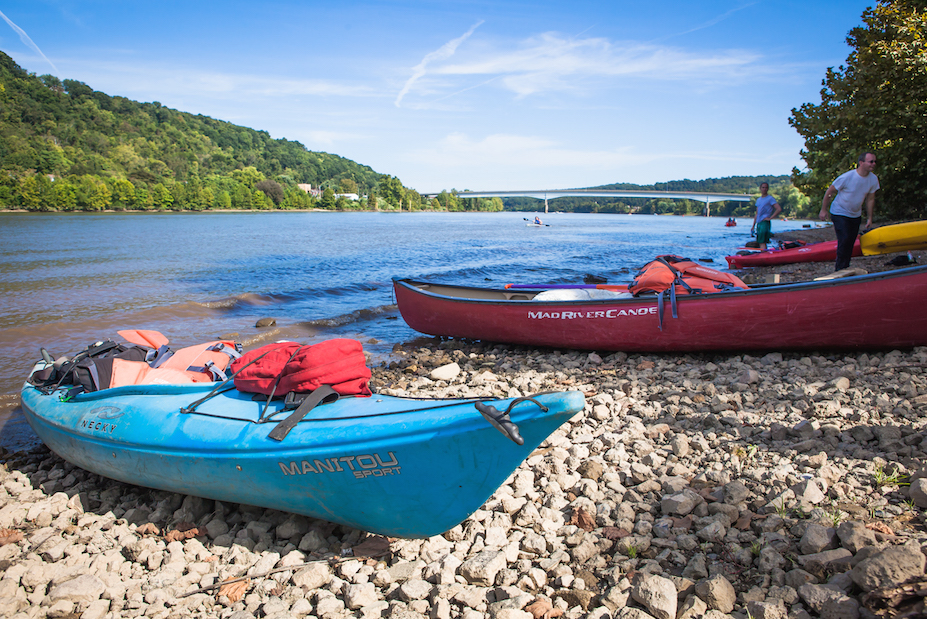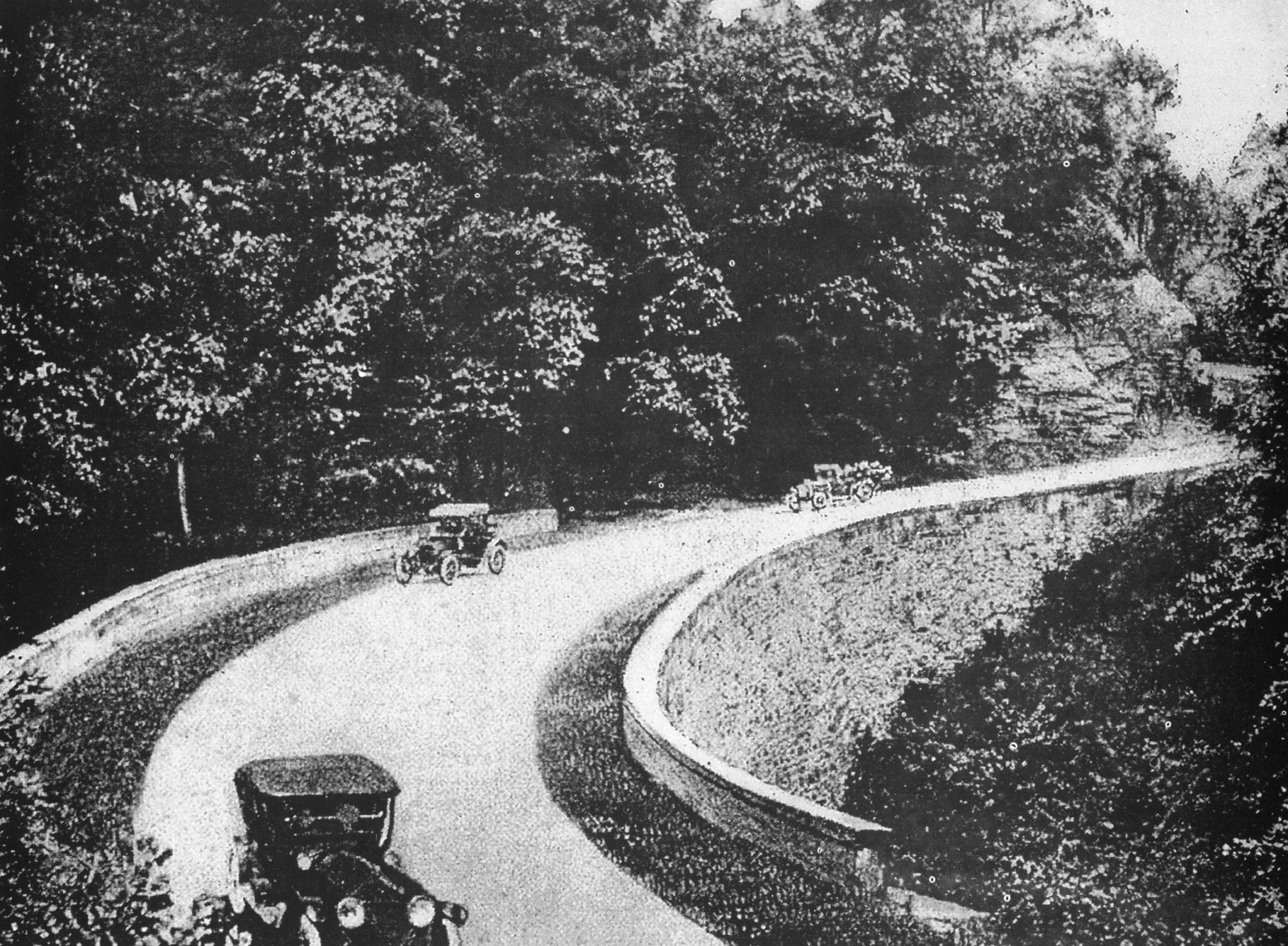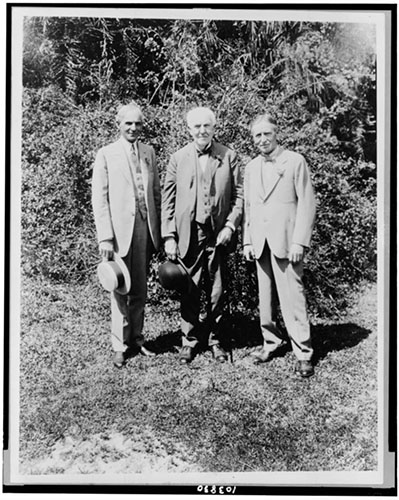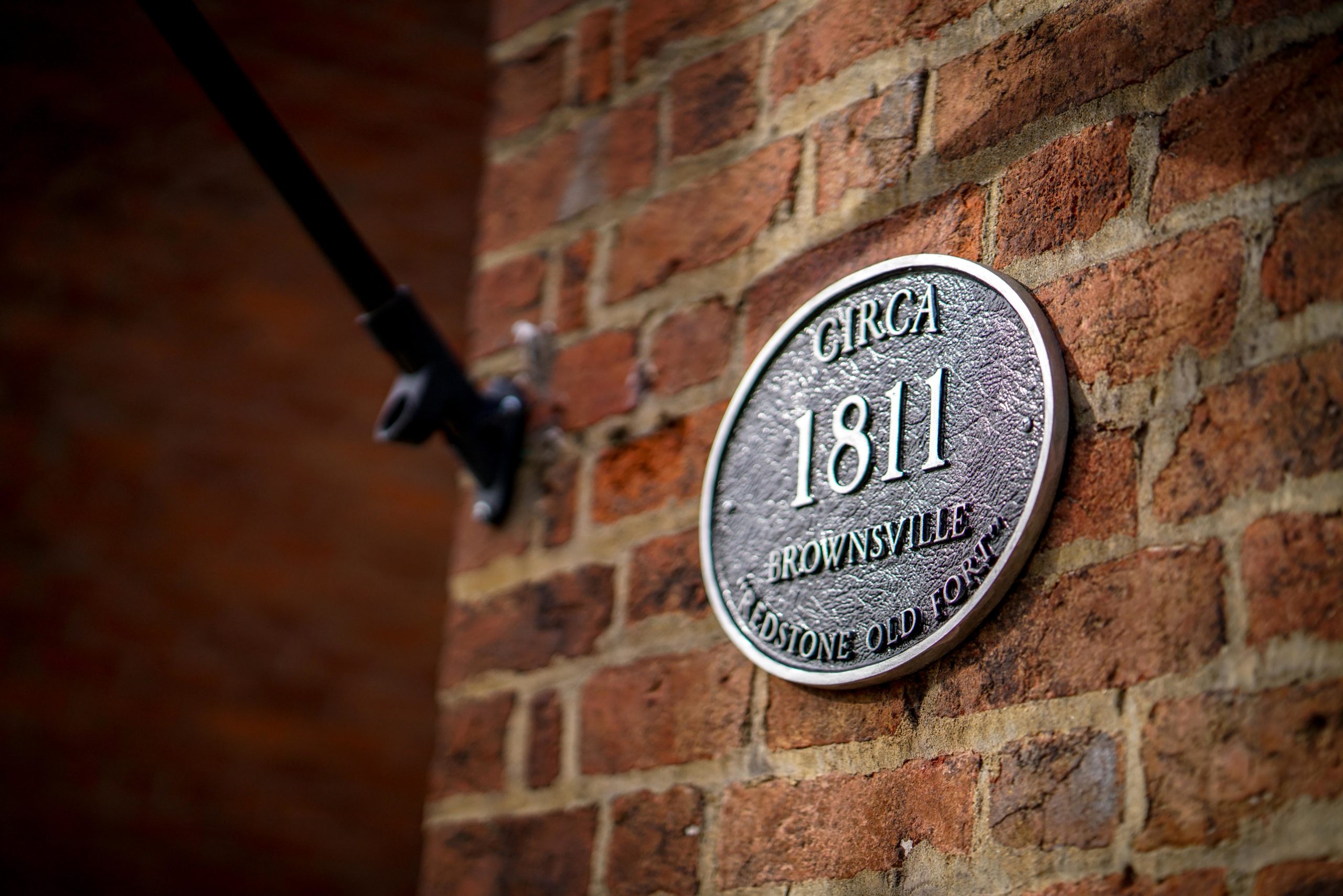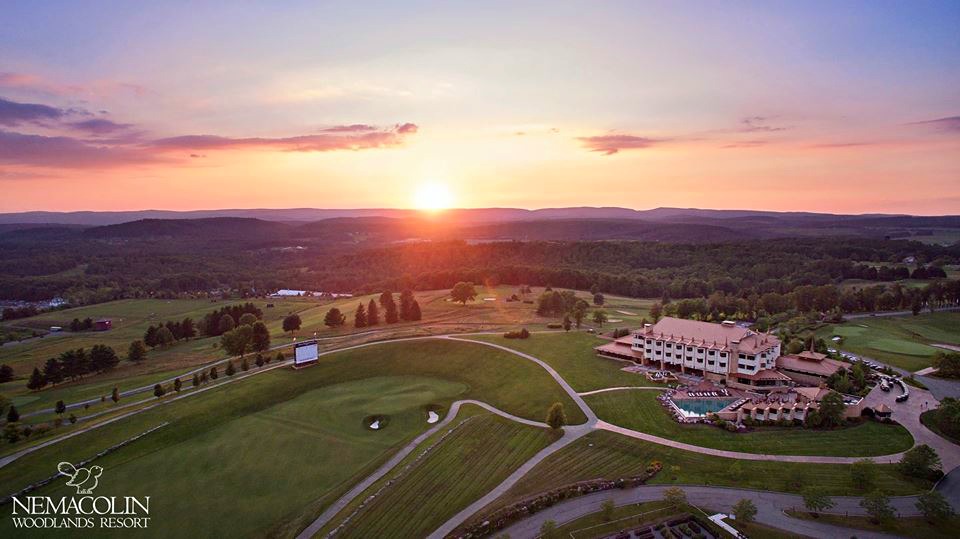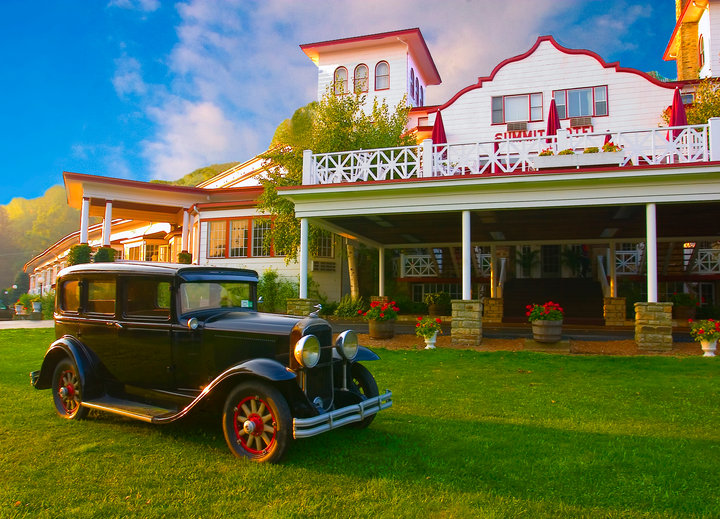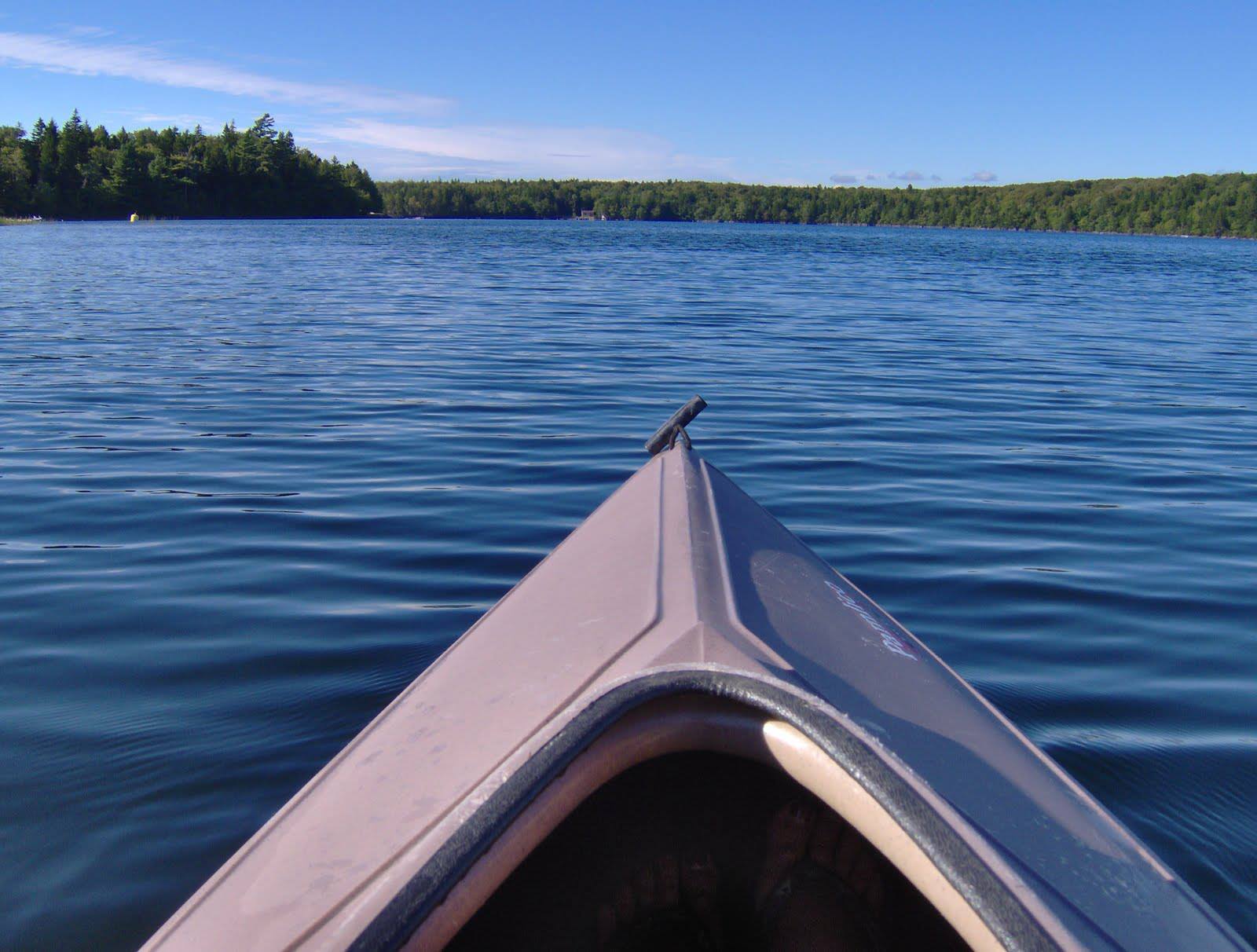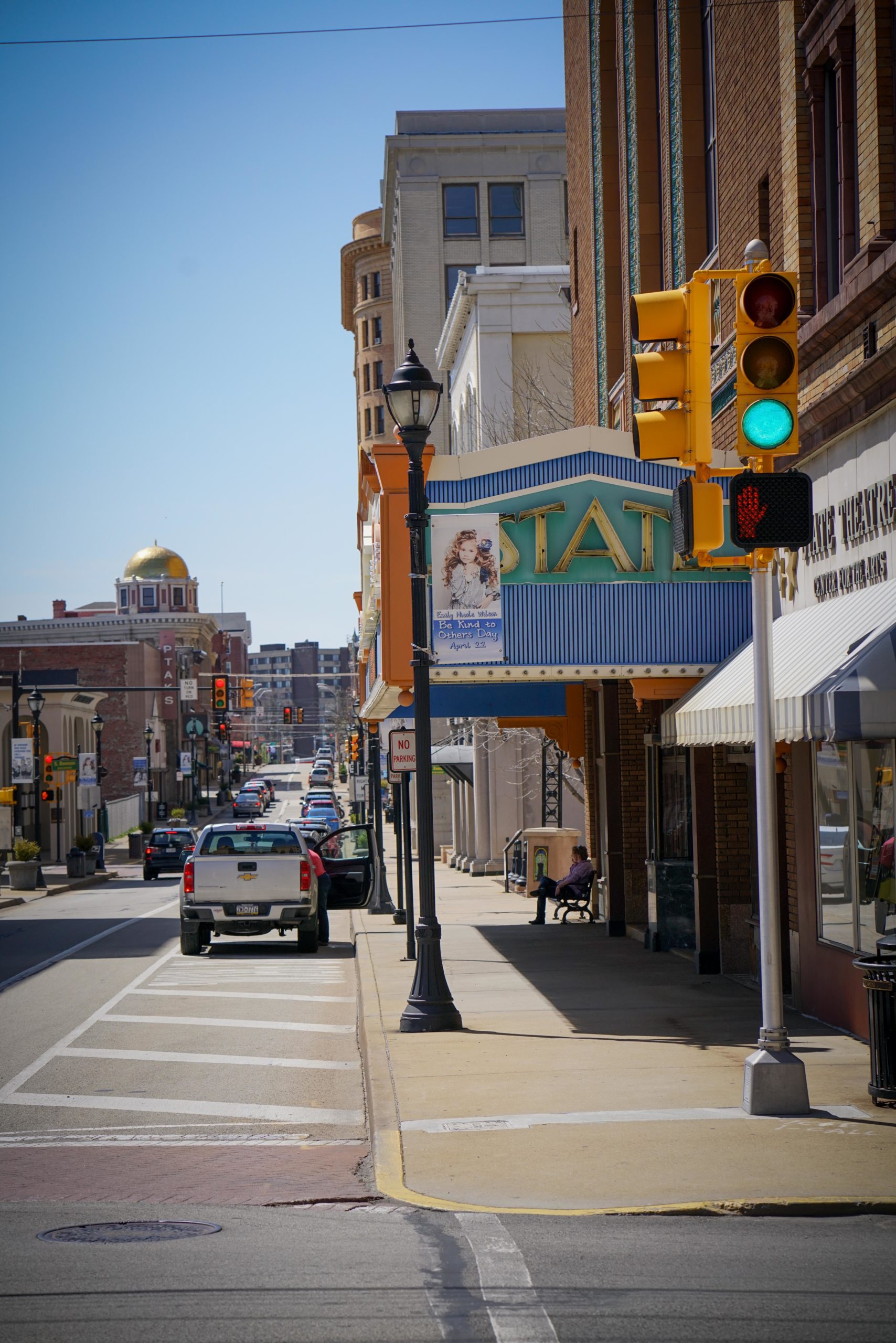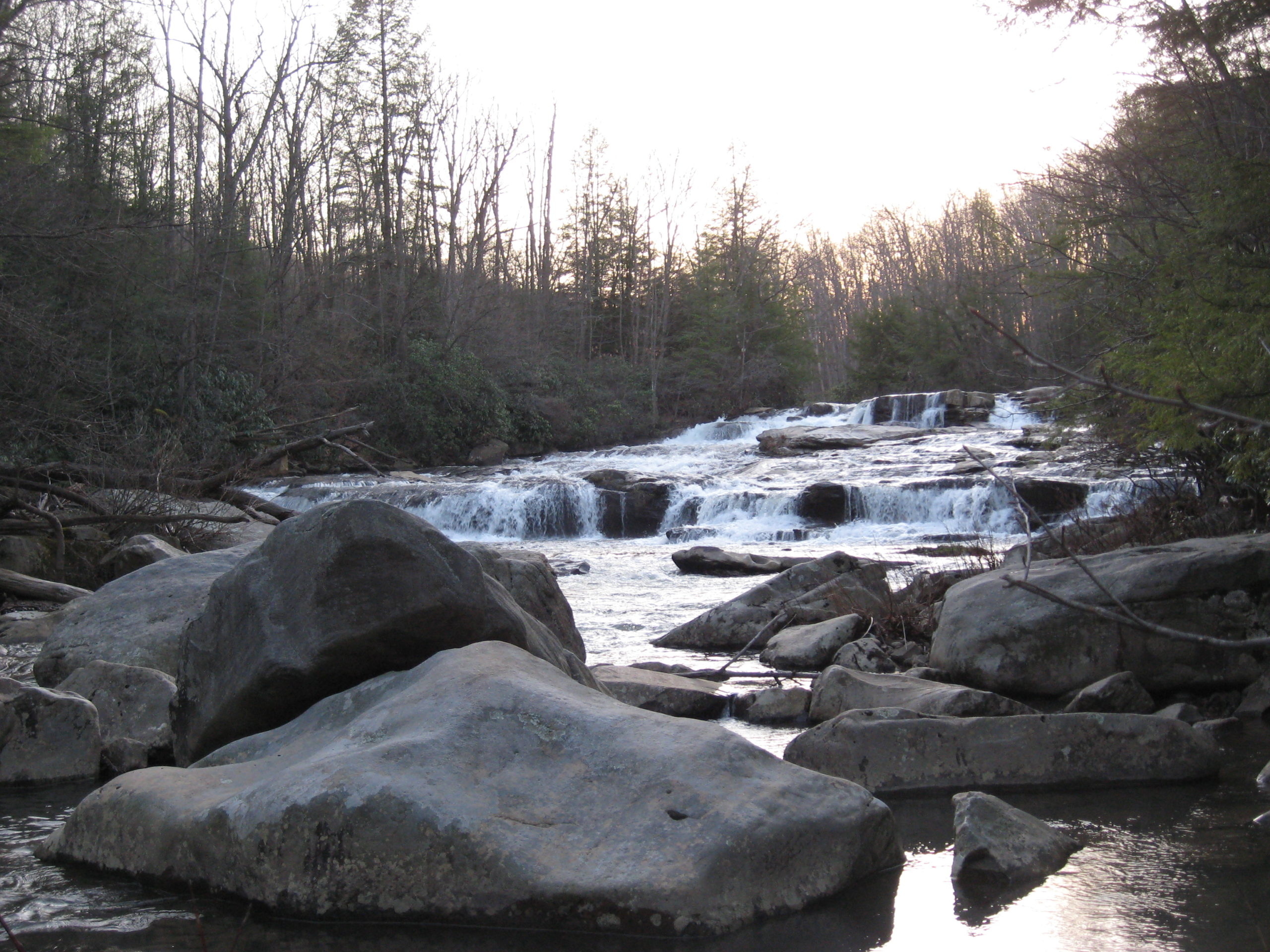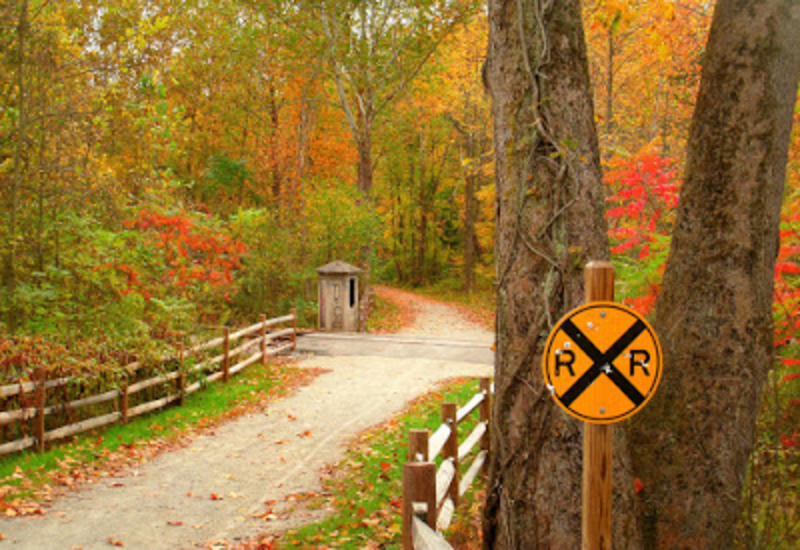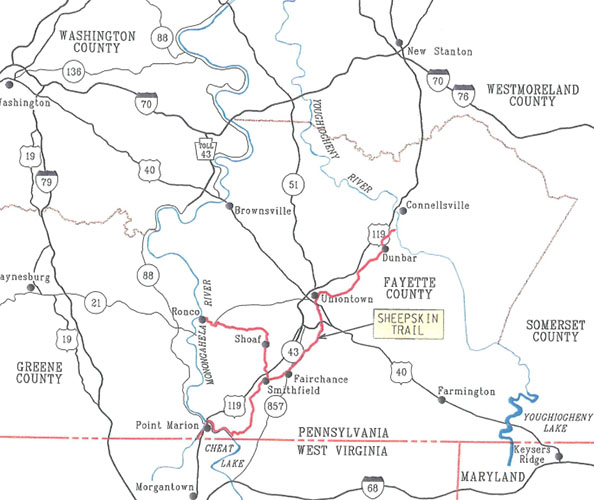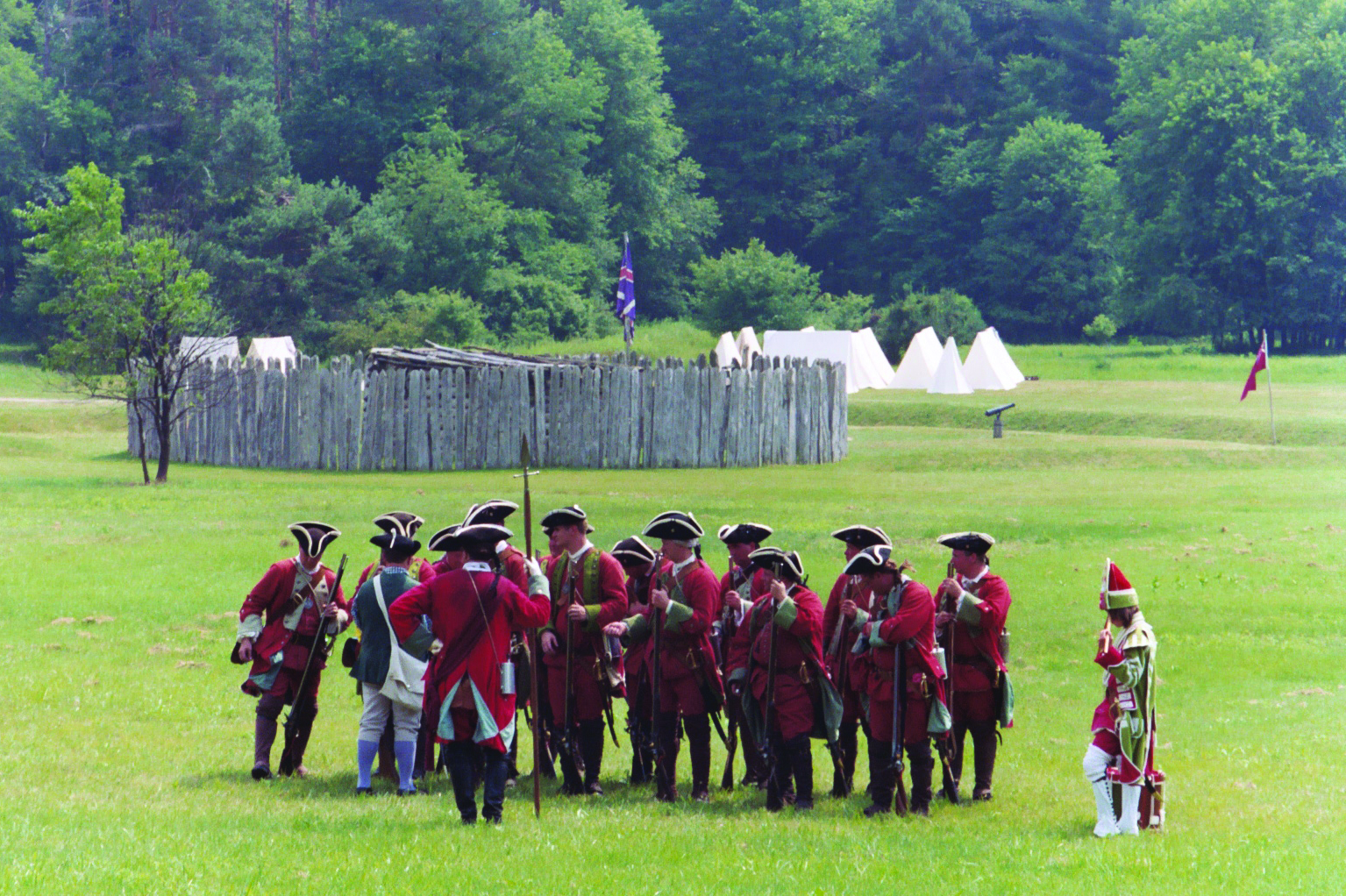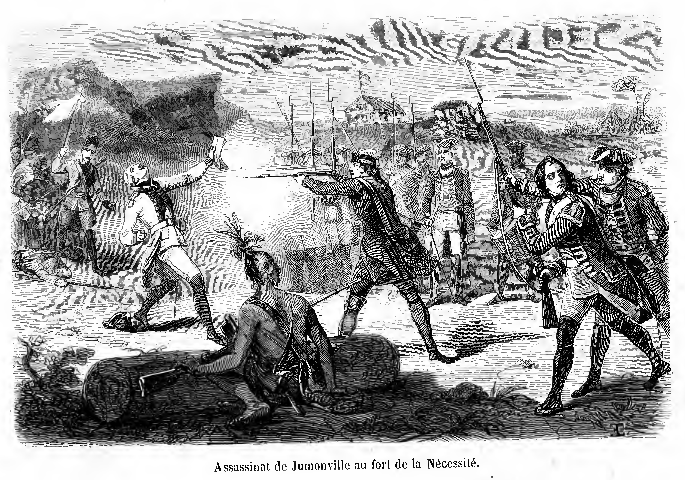School is finally out for the summer! This season is a great time for kids and teens to enjoy time off with their family and friends. It is also a great time to plan a family trip along the National Road. Whether you live in the keystone state full time, or plan to visit western Pennsylvania for a short while, you can look to this 90-mile corridor to provide you with fascinating recreation for all ages.
The National Road offers amenities to help your family appreciate the great outdoors, stay physically healthy, and explore the rich history of our nation. Here are some of the best activities to try, including places to plan your trip:
Hiking
The many trails along the National Road in Pennsylvania allow travelers and locals alike to explore the beauty of the outdoors, while staying physically and mentally healthy. Hiking, like other physical activities, can reduce the risk of heart disease, hypertension, diabetes, anxiety, osteoporosis, and arthritis. Your brain can also benefit from take a hike along the trails: exercise releases neurotransmitters, which allows brain cells to strengthen their lines of communication.
Amenities along the National Road allow travelers to participate in rigorous walking activities including Ohiopyle State Park, where you can hike and bike along the 135 mile Great Allegheny Passage. The whole family can also hide out from the heat this summer by visiting the Laurel Caverns on a tour. There are 3 miles of underground caves to explore — and even spelunking and rappelling, if you decide to find a babysitter that day. Soon, you will also be able to hike and bike along the Sheepskin Trail, a 34-mile recreational amenity in Fayette County, Pennsylvania.
Paddling
Whether kayaking or canoeing, paddling activities are some of the greatest ways to explore the outdoors with your family. Paddling offers a low impact workout that works muscles throughout body, building muscle definition and burning major calories in the process. Bringing children along for the ride can be a great way to introduce them to the importance of Pennsylvania’s local waterways.
In a recent blog, you learned about the history of western Pennsylvania’s rivers, specifically the Monongahela River, which intersects with the National Road. The “Mon” as locals refer to it has much to offer the surrounding community — so much, in fact, that it was named Pennsylvania’s River of the Year in 2013. Renting a boat for the day is relatively inexpensive and our partner the River Town Program offers sample trips, including maps and descriptions for easier trips, to help your family get started on a paddling adventure along the National Road.
Sightseeing
While spending time on the trails and paddling down the Mon can be healthy activities for the entire family, it is also important to keep the mind active all summer long. With school out until September, sightseeing is the perfect way to teach children through hands-on lessons. Historic places have powerful stories to tell, especially when those stories are so integral to the history of our region and our nation. Places along the National Road can help children connect the history all around them with national events, providing lessons and experiences that will be remembered for many years to come.
The Historic National Road was this nation’s first federally funded highway. The 90-mile corridor that cuts across the southwest corner of Pennsylvania is the site of many of the most important revolutionary events in U.S. history. By taking a tour of Fort Necessity Battlefield, your family can learn more about the French & Indian War, which set the stage for the American Revolution. Learn history through art on the National Road Sculpture Tour. Experience some of our nation’s finest architectural achievements at Frank Lloyd Wright’s Fallingwater and Kentuck Knob. Learn more about the history of Pennsylvania’s famous Whiskey Rebellion at the David Bradford House. And finally, sit down after a full day of historical and cultural exploration to dine at the Historic Summit Inn.
Explore all of the magnificent sights and activities that Pennsylvania’s Historic National Road has to offer with your family. Click here to view the full list of historical and cultural attractions and plan your trip today.
Photo Courtesy: River Town Program

